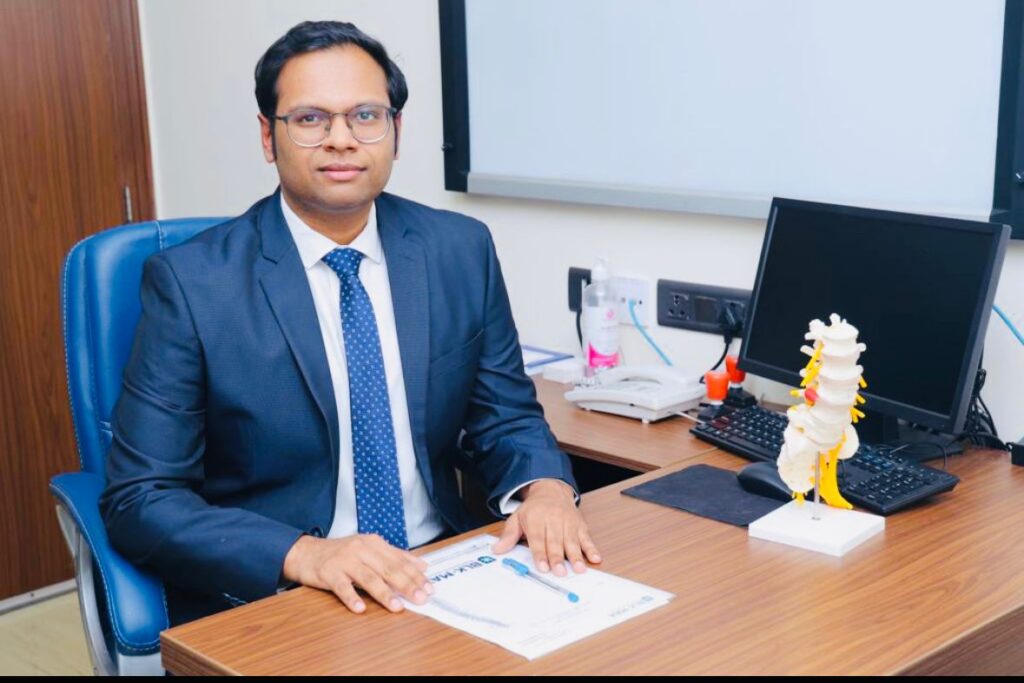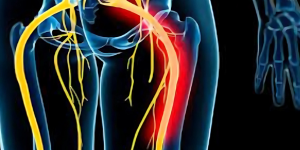Dr. Samarth Mittal – Expert Orthopaedic Spine Surgeon in India
When it comes to spine health, choosing the right specialist can make all the difference between a life of discomfort and a journey towards long-lasting relief. Among the leading names in India for advanced spine care and surgery, Dr. Samarth Mittal stands out as a trusted and highly respected figure. With years of dedicated training, research, and clinical expertise, Dr. Mittal has built a reputation for delivering patient-centric solutions for some of the most complex spinal problems. A Journey of Excellence in Spine Surgery Dr. Samarth Mittal is currently associated with BLK-Max Institute for Bone, Joint Replacement, Orthopaedics Spine and Sports Medicine, one of India’s premier healthcare centers. As a Consultant in Orthopaedic Spine Surgery, he brings with him more than 8 years of experience in diagnosing, treating, and managing spinal disorders. His academic foundation was built at two of the most prestigious institutes in India – UCMS, Delhi and AIIMS Rishikesh, where he received extensive training in orthopaedics and specialized spinal surgeries. Over the years, Dr. Mittal has honed his expertise across a wide spectrum of spinal treatments – from traditional procedures to advanced robotic-assisted surgeries. His ability to blend cutting-edge technology with compassionate patient care has made him one of the most sought-after spine surgeons in the country. Specialized Training and Expertise Spinal health requires a delicate balance of surgical skill, advanced medical technology, and precise diagnosis. Dr. Mittal has undergone dedicated training in spinal surgeries as well as non-surgical management of spinal disorders, ensuring a holistic approach to treatment. His advanced skillset includes: Research Contributions Apart from his clinical expertise, Dr. Samarth Mittal is a keen researcher in the field of spinal surgery. He has authored over 30 research papers in both national and international journals, contributing significantly to the advancement of spine healthcare. His work has been widely recognized, and he has been awarded the Best Researcher Award by AIIMS, further highlighting his commitment to academic excellence. This blend of clinical practice and research ensures that his patients always benefit from the latest and most effective treatment options. Patient-Centric Approach What sets Dr. Mittal apart is not just his surgical skills but also his patient-centric philosophy. He believes in educating his patients, involving them in every step of the treatment process, and offering compassionate care that prioritizes long-term well-being. For him, every case is unique, and every patient deserves personalized attention. Whether it is explaining complex medical terms in simple language or ensuring patients feel comfortable before and after surgery, Dr. Mittal’s empathetic approach creates a sense of trust and confidence among his patients. Areas of Expertise Dr. Mittal’s core areas of expertise include: Why Choose Dr. Samarth Mittal? Advancing Spine Care in India Spine surgery in India has evolved significantly over the past decade, and specialists like Dr. Samarth Mittal have been at the forefront of this transformation. With the integration of advanced technologies such as robotic systems, endoscopy, and minimally invasive procedures, spine surgeries today are safer and more effective than ever before. Dr. Mittal’s contributions are not limited to operating rooms alone – his involvement in research, academic discussions, and global medical forums ensure that India remains on par with international standards in spine healthcare. Testimonials and Patient Outcomes Many of Dr. Mittal’s patients have praised his ability to deliver exceptional surgical outcomes with a compassionate touch. From young athletes recovering from spinal injuries to elderly patients regaining mobility after degenerative spine conditions, his success stories reflect both his technical expertise and his dedication to patient welfare. Conclusion Back pain, spinal injuries, and deformities can deeply affect one’s quality of life. But with the right specialist, recovery and improved mobility are always possible. Dr. Samarth Mittal combines clinical brilliance, innovative techniques, and heartfelt patient care to ensure that each individual receives world-class treatment tailored to their needs. Whether it’s a minimally invasive solution or a complex spinal reconstruction, Dr. Mittal’s expertise offers hope and healing to patients from across India and beyond. For anyone seeking comprehensive spine care, he is undoubtedly a name to trust.






